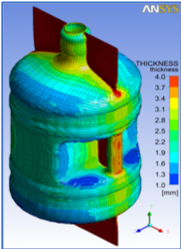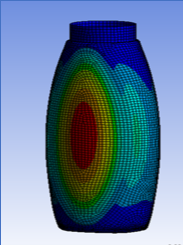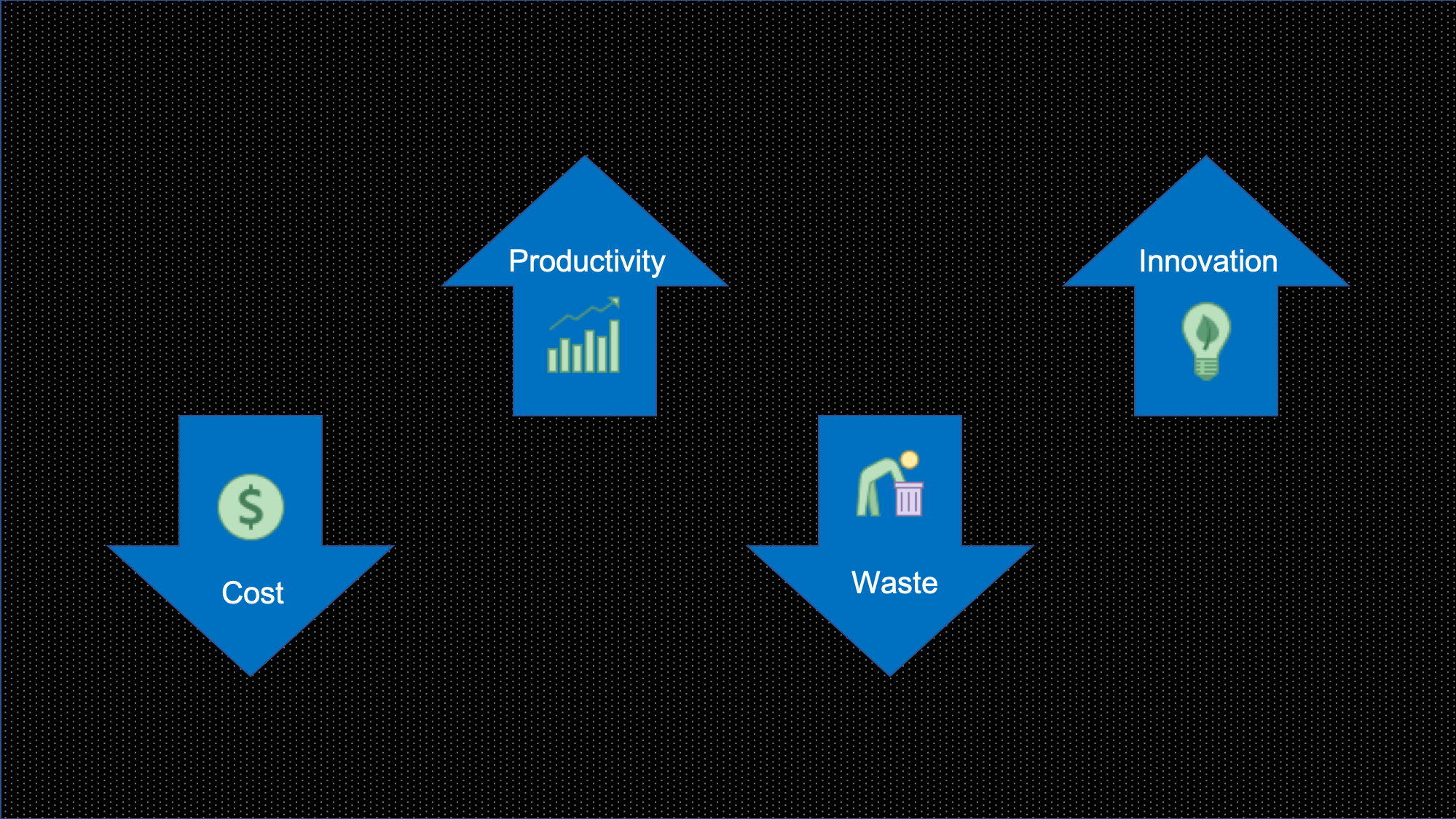Digitalization is becoming a term that we hear every day during our daily lives and business interactions. As the world evolves, the companies who are able to embrace this change fast enough grow their businesses significantly, on the other hand the ones that resist to this shift may struggle.
It is very obvious that the companies which could well adapt e-commerce faster than others gained huge competitive advantage against its peers over the last decade. Consumer goods is one of the top sectors that is highly influenced with this shift towards digitalization. This transformation not only leads the companies change their business models but also their operational practices.
In regard to the product development activities though, some sectors such as aerospace and automotive were the pioneers of the digitalization due to the nature of their businesses. They started to leverage the digital tools in multiple areas from design to simulations several decades ago. Fast Moving Consumer Goods Packaging sector has recently started to utilize those various tools as the lead sectors demonstrate more and more benefits every day. However, only few realize how fast this transformation should happen. Consumer Goods companies as well as their respective service and packaging suppliers should develop comprehensive digital strategy for their operating models. So; why/how companies should leverage digitalization in Packaging?
Before delving deeper on the benefits of digitalization of Packaging work process, I would like to elaborate more on what Simulation Based Packaging Design suggests within the context.
Traditional methods in Packaging development processes involves a lot of trial and errors as well as physical production steps that may take at least several months up-to 2-3 years based on wide range of variables, such as the size of the project, variations on the working processes of respective company, effectiveness of the decision making of the leadership teams, executional excellence etc. Simulation based Packaging design, on the other hand, may foresee and represent the challenges at early stages and greatly affects your productivity and effectiveness, hence enabling modifications and adjustments before the physical pre-production and production steps. Adapting virtual Packaging into your systems will bring you a huge competitive advantage. Now, let us have look at the most crucial benefits among many.
- Cut your development time up-to 40%:
Effective Packaging Simulation based CAD designs and their renderings will significantly help the life of a concept and drives efficiency into the process, so that ideas can be properly visualized and technically evaluated at early stages. Developing representative simulations does not only reduce time to market as they help to identify potential manufacturing issues and speed bumps at earlier in the design process but also facilitates conversations with commercial teams timely to align on the proof of principles. A lot of methodologies in evaluating technical feasibility and commercial feasibility, such as 3D prototyping, also requires effective CAD design to enable right decision-making process. Depending on the internal work development processes of the company, up-to 40% of product development time can be reduced.


- Cut your development cost up-to 30%
Packaging production is an extremely complicated process which requires a lot of human resources, mold productions, material and resource usage and testing. A structure-based company may also easily require hours and days of packaging material production as well as line trials multiple times before successfully qualifying a new package. When you add up all those costs it may reach several hundred-thousand of dollars for only one new package design. Effective implementation of the virtual packaging development methods will reduce potential cost overruns by reducing the amount of mold production, line trials and material waste when effectively used.
- Reduce packaging waste and CO2 emissions
As mentioned just above, traditional development methods require a lot of physical production steps which causes companies waste a lot of product and packaging material as well as significant amount of energy loss and CO2 gas emissions. Although several recycling methods can be utilized, due to strict quality requirements of most of the companies, that will only reduce the impact not fully eliminate.
- Innovate
CPG companies need to innovate faster than ever. The life-span of a new product initiative has dropped almost to half over the last decade in most of the consumer goods sector, especially in luxury brands and cosmetics. Most successful companies within the sectors are the ones that are differentiating through innovation to bring competitive advantage. Based on a study performed by McKinsey, 94% of the executives are not satisfied with their company’s innovation strategy and 84% believe that innovation is important for their growth strategy. Effective usage of those tools not only gives you more time to innovate but also allows you to explore and test various ideas at a much lower cost and even allow you to visualize on the shelves by leveraging Virtual reality tools. I will share the most widely accepted and in-use Virtual Packaging capabilities of major software companies in my upcoming articles.
In short, I believe we will start to see exponential growth in bringing in new capabilities to Virtual Packaging domain within the next decade. Do you think your organization will embrace the digital transformation fast enough and is prepared for the new era?



A good write up.
Would like to know the impact of D.T. In flexible pkg.& ptg Industry.
Great content! Super high-quality! Keep it up! 🙂